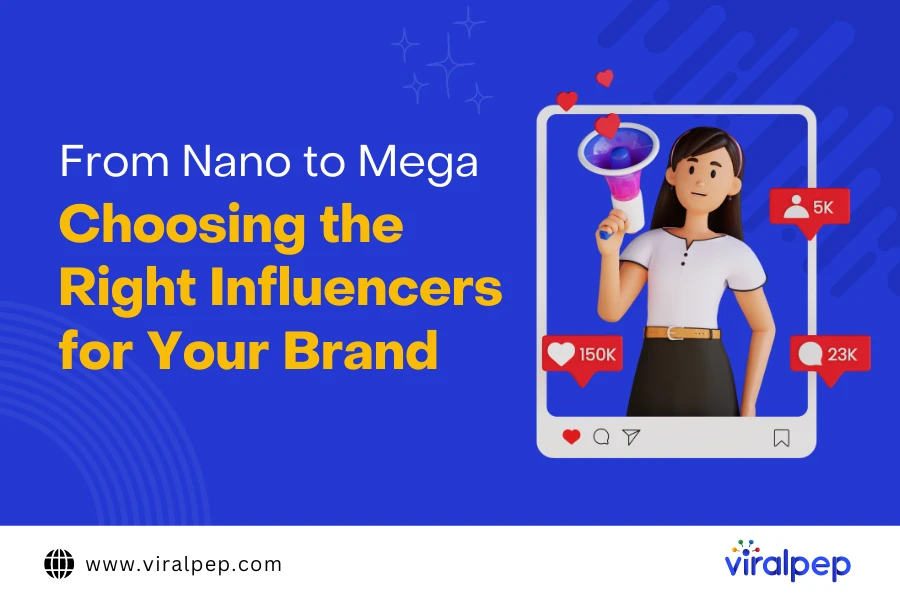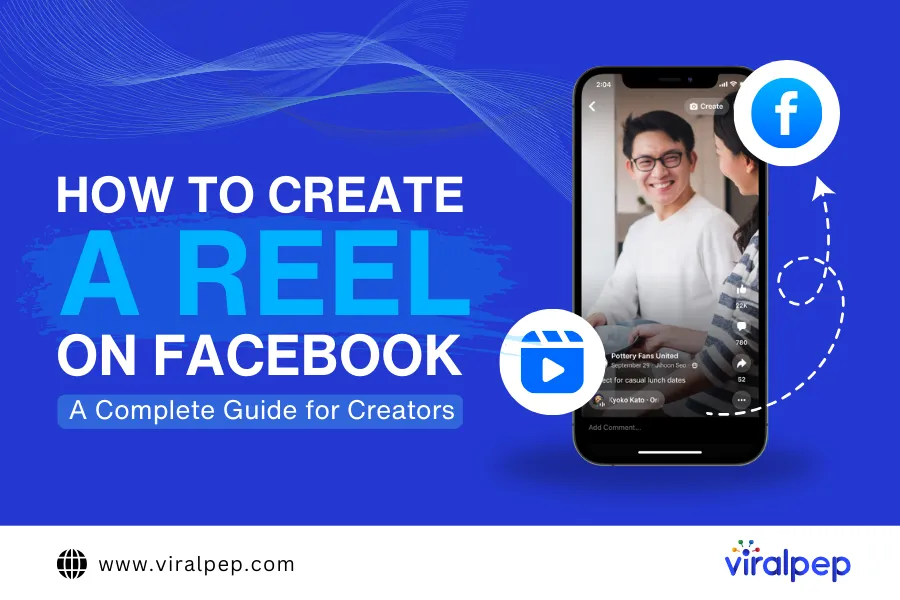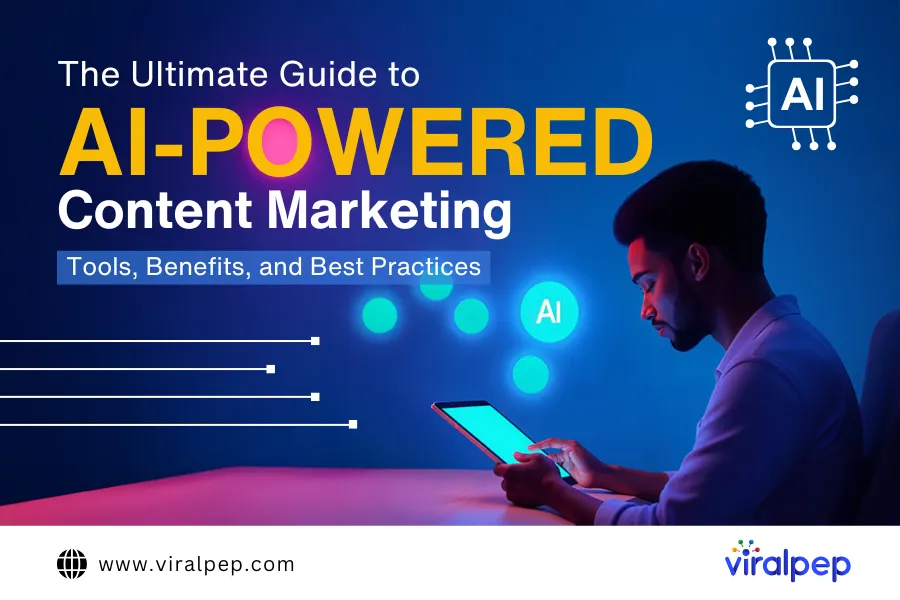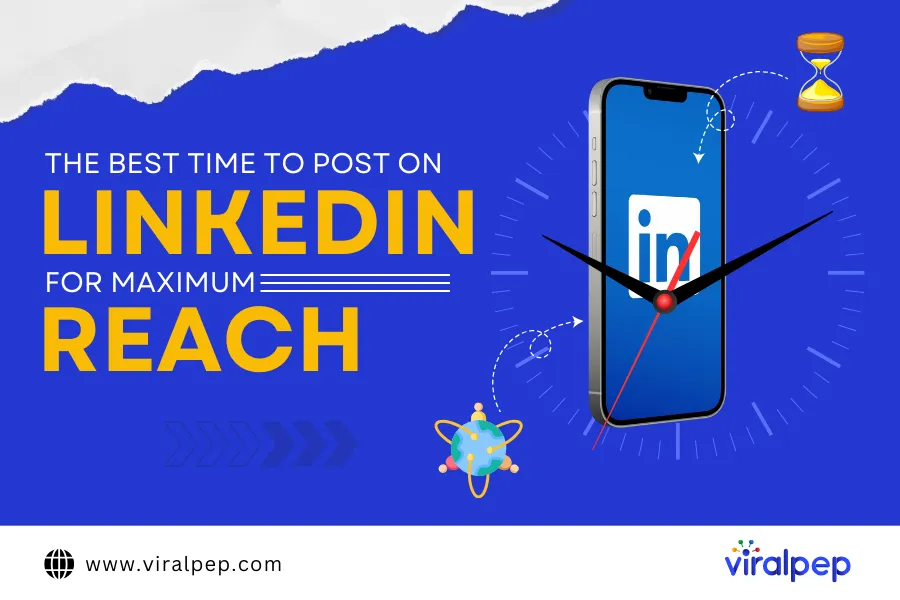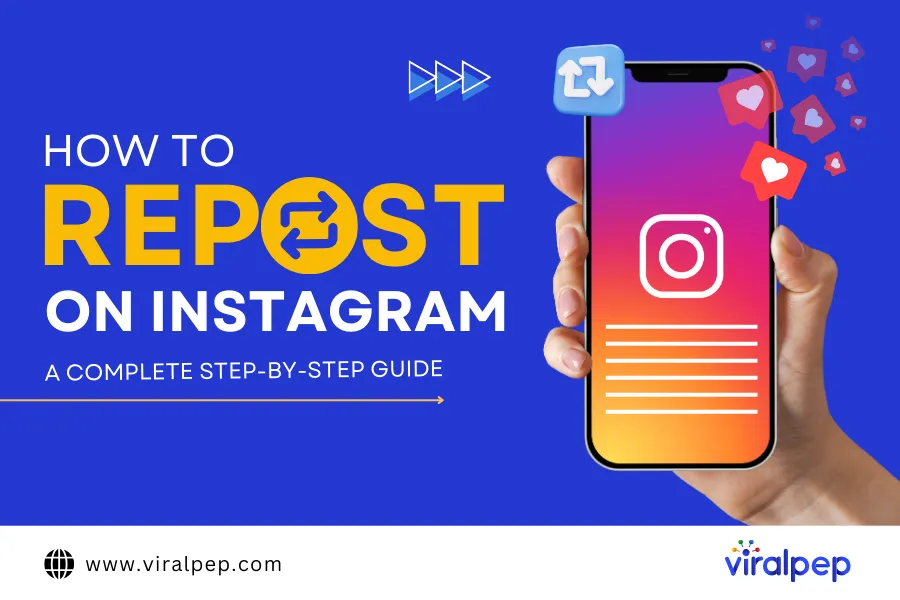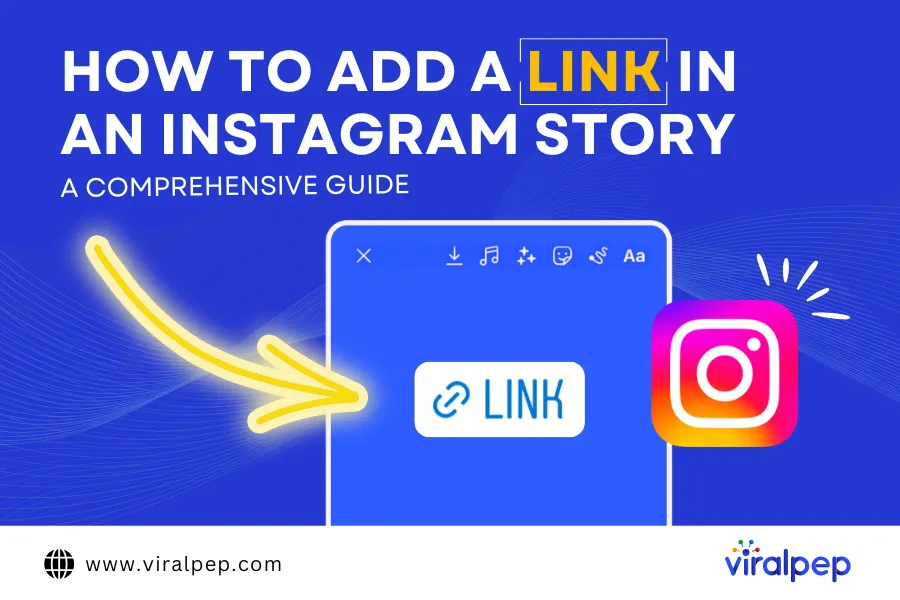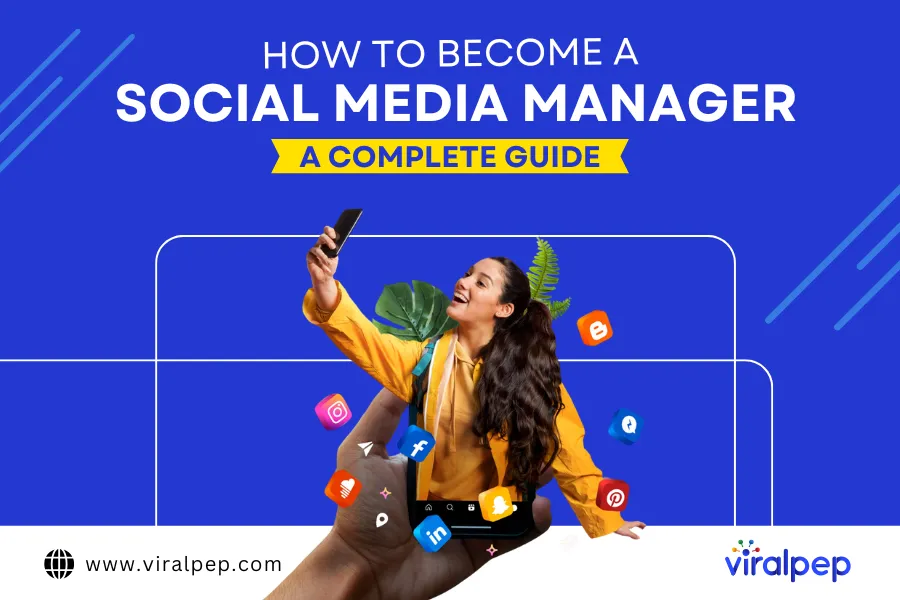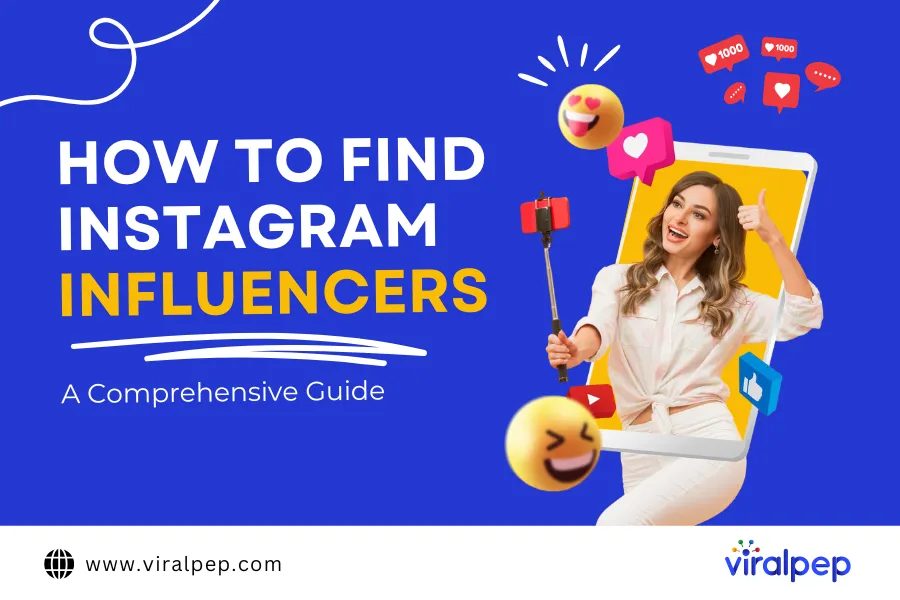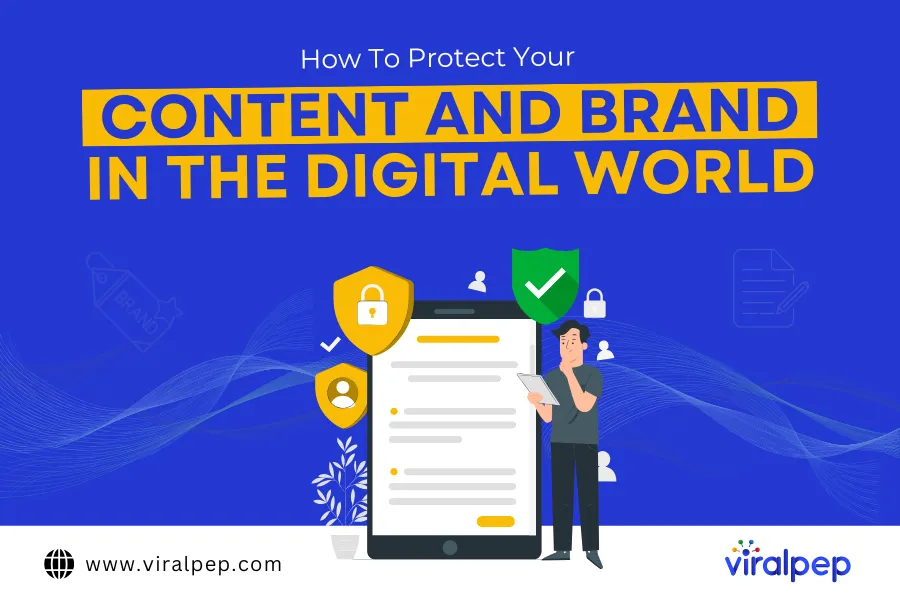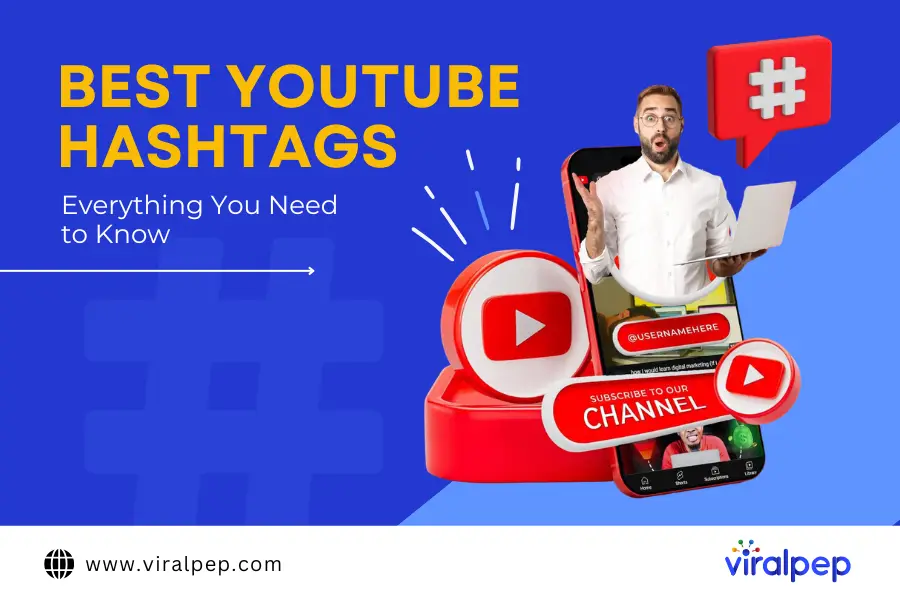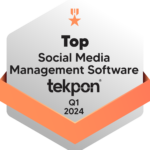Influencer partnerships have emerged as a powerful tool for brand growth. And that’s because they’re effective—63% of consumers are likely to purchase products recommended by a trusted influencer, indicating the significant impact influencers have on consumer buying behavior. But with influencers ranging from niche experts to global celebrities, how do you choose the right ones for your brand? This article will guide you through selecting influencers, from nano to mega, ensuring your marketing efforts yield maximum impact.
Understanding Influencer Tiers
Before we delve into the strategies for each influencer tier, it’s crucial to understand the distinctions between them. Influencers are typically categorized based on their follower count:
| Influencer type | Follower count | Average cost per post |
|---|---|---|
| Nano influencers | 1,000 – 10,000 | $20 – $200 |
| Micro influencers | 10,000 – 100,000 | $35 – $450 |
| Macro influencers | 100,000 – 1 million | $350 – $7,000 |
| Mega influencers | 1 million+ | Starting at $1,200 |
Each tier offers unique advantages and challenges. The key is to find the right balance that aligns with your brand’s goals, budget, and target audience.
Key Factors in Choosing the Right Influencers
Selecting the right influencers goes beyond mere follower counts. Here are 5 critical factors to consider: 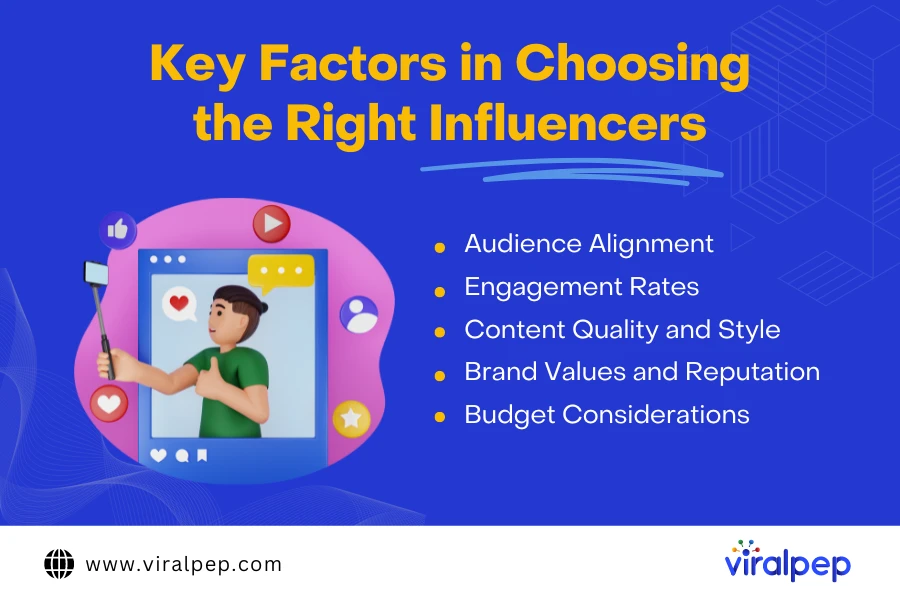
- Audience alignment: Does the influencer’s audience match your target market?
- Engagement rates: How actively does their audience interact with their content?
- Content quality and style: Does their content align with your brand’s image and values?
- Brand values and reputation: Does the influencer embody principles that resonate with your brand?
- Budget considerations: Can you afford to work with this influencer sustainably?
For those involved in training and development, exploring educational opportunities such as top online PsyD programs can provide additional insights and strategies for effective influencer marketing. By carefully evaluating these factors, you’ll be better equipped to make informed decisions about your influencer partnerships.
Nano Influencers: The Hidden Gems
Nano influencers may have smaller followings but often boast highly engaged audiences. These individuals are typically seen as relatable experts in their niche, making them valuable assets for B2B and SaaS brands. For example, 65% of influencers on Instagram are classified as nano-influencers, who typically boast the highest engagement rates due to their close-knit relationships with their audience.
-
Advantages of working with nano influencers
- Higher engagement rates
- More affordable partnerships
- Niche expertise and credibility
- Authentic, word-of-mouth style promotion
-
Best practices for nano influencer partnerships
- Provide clear guidelines while allowing creative freedom
- Offer product trials or exclusive access to your software
- Encourage long-term relationships for sustained impact
- Leverage their content across your marketing channels
Micro Influencers: The Sweet Spot
Micro influencers often represent the ideal balance between reach and engagement. They’ve built a significant following while maintaining a strong connection with their audience.
-
Benefits of collaborating with micro influencers
- Substantial reach with high engagement rates
- Cost-effective compared to larger influencers
- Specialized knowledge in specific industries or niches
- Ability to create more in-depth content about your product
-
Strategies for effective micro influencer partnerships
- Develop co-created content that showcases your software’s features
- Sponsor podcast episodes or video series relevant to your target audience
- Offer exclusive discounts or extended trials for the influencer’s followers
- Invite them to participate in product development or feedback sessions
Macro Influencers: Expanding Your Reach
Macro influencers can significantly boost your brand’s visibility, but they come with both advantages and challenges.
-
Pros and cons of partnering with macro influencers
Pros:
- Substantial reach with high engagement rates
- Cost-effective compared to larger influencers
- Specialized knowledge in specific industries or niches
- Ability to create more in-depth content about your product
Cons:
- Develop co-created content that showcases your software’s features
- Sponsor podcast episodes or video series relevant to your target audience
- Offer exclusive discounts or extended trials for the influencer’s followers
- Invite them to participate in product development or feedback sessions
-
Tips for maximizing macro influencer collaborations
- Focus on creating high-quality, evergreen content
- Leverage their expertise for thought leadership pieces
- Utilize their reach for product launches or major updates
- Combine their influence with targeted ad campaigns for maximum impact
Mega Influencers: The Big Players
Mega influencers can offer unparalleled reach but are not always the best fit for every B2B or SaaS brand.
-
When to consider mega influencers for your brand
- You’re launching a product with mass appeal
- You’re entering a new market and need rapid brand recognition
- You have a significant marketing budget and can sustain the partnership
-
Challenges and opportunities of mega influencer partnerships
Challenges:
- Extremely high costs
- Less targeted audience reach
- Potential for overshadowing your brand message
Opportunities:
- Massive exposure and potential for viral content
- Association with a well-known personality or brand
- Possibility of breaking into new markets or industries
Tools and Platforms for Influencer Discovery and Management
Effective influencer marketing requires the right tools. Here are some key features to look for:
- Influencer discovery based on niche and audience demographics
- Engagement rate analysis and fake follower detection
- Campaign management and performance tracking
- Contract and payment processing
Leveraging resources like Viralpep can enhance your social media marketing strategy. Viralpep provides comprehensive solutions for scheduling, tracking, and analyzing social media posts, making it easier to manage your influencer campaigns efficiently. These tools can streamline your influencer marketing efforts and provide valuable insights for optimization.
Measuring ROI and Success in Influencer Marketing
To ensure your influencer partnerships are delivering results, focus on these key performance indicators (KPIs):
- Engagement rates (likes, comments, shares)
- Website traffic and referrals
- Lead generation and conversion rates
- Brand mention sentiment and reach
Utilize UTM parameters, unique discount codes, and landing pages to track the performance of individual influencers. Regularly analyze this data to refine your strategy and maximize ROI.
Conclusion
Choosing the right influencers for your B2B or SaaS brand is a critical step in leveraging the power of influencer marketing. From nano influencers with their highly engaged niche audiences to mega influencers with massive reach, each tier offers unique benefits and challenges. Are you ready to take your B2B or SaaS marketing to the next level with influencer partnerships? Start by identifying your goals, researching potential influencers, and taking that first step toward a more dynamic and engaging marketing strategy. The right influencers are waiting to help your brand shine – it’s time to find them.


